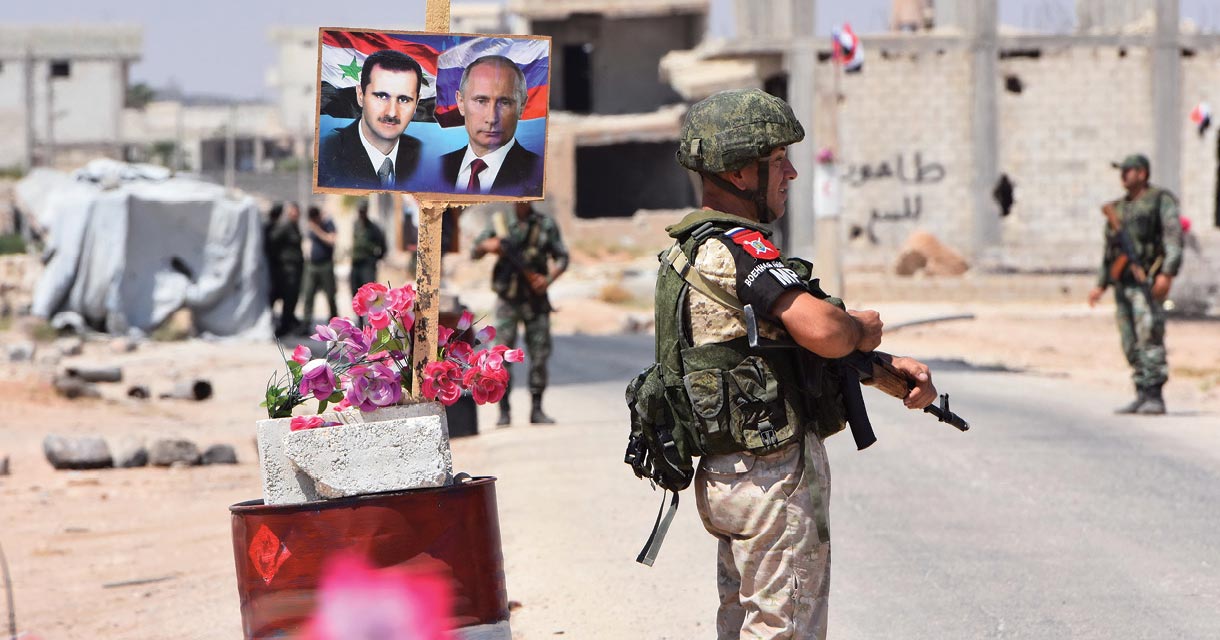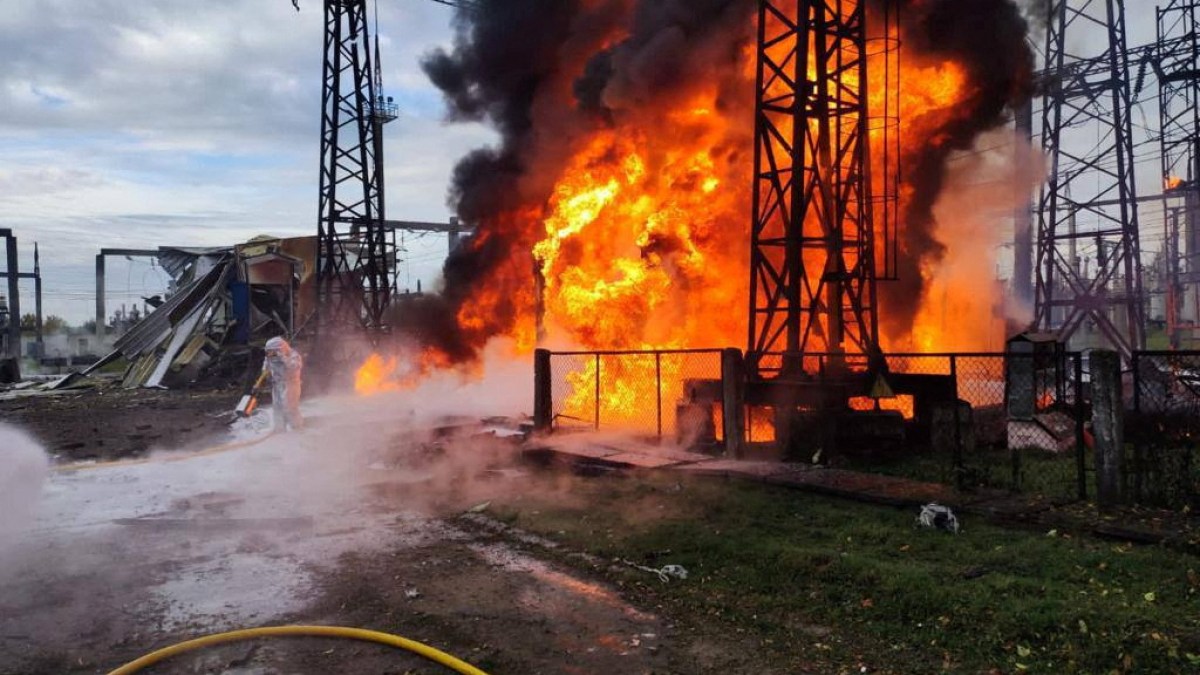Russia.
Russian cruise missile launches, from Oct 14th, allegedly against targets in L'vov.

vk.com
In Belgorod, Russian air defenses intercepted missiles over the city, and fragments fell on residential buildings.
You can view and join @ukraina_ru right away.

t.me
В Белгородской области снова работают наши системы ПВО. Поражено несколько целей.

t.me

vk.com

vk.com

vk.com
It appears some Ukrainian strikes made it through hitting a power plant and a power grid substation in Belgorod, and there are reports of blackouts.

vk.com
В Белгороде прилетело по подстанции. В ряде районов города наблюдаются перебои с электроснабжением.

t.me
Прилет по подстанции в Белгороде.

t.me
Губернатор Белгородской области сообщил, что сейчас происходит перенастройка энергосети под резервные мощности. Обещают закончить в течение 4 часов. Пожар уже локализован. В очередной раз можно отметить оперативность работы белгородского губернатора.

t.me

vk.com
Oktyabrskiy village, Belgorod region, and border checkpoint Shebekino, Belgorod region, got hit. Also Tetkino and Popovo-Lezhachi in Kursk region. One of the targets was a power grid substation.
Прилет в поселке Октябрьский Белгородской области.

t.me
Таможенный пункт пропуска в Шебекино, обстрелянный с территории Украины. В этом же районе под удар артиллерии ВСУ сегодня попала школа в селе Красное. @voenkorKotenok

t.me

vk.com

vk.com
Tochka fragments and S-400 fragments, Belgorod region.
Место падения обломков сбитой "Точки-У" в Белгородской области.

t.me

vk.com
Russian mobilized personnel training near Yekaterinburg.

vk.com
In Zabaykal'ye, there are private military courses set up for people to prepare for getting called up.

vk.com
Russian mobilized personnel training in Zabaykal'ye. We can see some BTR-80s, a BMP-2, some D-30s, a T-72 with K-5, either a B3, a BA, or a mod'89, and I think a T-72AV. The assortment is a far more realistic selection of what they are likely to serve on, though the BMP-1 is notably absent.

vk.com

vk.com
Russian mobilized personnel training on newly upgraded BRM-1KMs. While the type is unimpressive, it's certainly much better then regular BMP-1s.

vk.com
This is labeled as Russia flying a captured T-64BV to Taganrog, but I don't think this is accurate. I think these are Russian T-64BVs being pulled from storage and flown towards Ukraine.
Russian military trains. We have 8 Tochka-Us (1st), T-80BVs (2nd), a bunch of miscellaneous trucks, possibly new (3rd), trucks and artillery awaiting loading near Rostov (4th), trucks, BTR-82As, BMD-2s, and Iveco Lynx (5th), T-90As, a BTR-60 based command vehicle, 2S3s, MT-LBu command vehicles, Strela-10s, a PRP-4 artillery recon vehicle, and a BREM-1 (it looks like a tank coy, a 2S3 btln, and a Strela-10 battery 6th).
See Typical Russian Train With BTR Armored Vehicles And Ural & Kamaz Support Trucks
Transfer Of Russian Military Equipment And Weapons T-90 & Modernized T-72 From Russian Federation
We have a Tu-22M3 sighted with a very rare Kh-32 missile. Accelerated induction of new munitions and their rapid production is part of the reason Russia still hasn't run out of them.
RU Tu-22M3 With Kh-32 Missile || Images Taken At Dyagilevo Air Base
Russian Tu-95 sighted over Belgorod. It's extremely unclear what it's doing there. Their main weapon is cruise missiles with extremely long range. Unlike the US bomber fleet, Russia hasn't turned theirs into a multi-tool with additional capabilities. It's cruise missiles or dumb bombs.
Belgorod. Tu-95 High Altitude Awesome Loud Sound || Monday, October 10, 2022
A Russian troop column from Crimea heading towards Kherson region. It's BTR-82As, Msta-B howitzers, and Kamaz-chassis Grads. I have a suspicion this might be the 810th MarBde.
30 RU BTR-80s Column In Kherson Oblast, Chongar Village In Crimeea
Igor Girkin, the famous/infamous Strelkov, is heading back to the front line.
Подтвердилась информация, что Стрелков отправился на фронт в составе одного из добровольческих формирований. Запрет на въезд действовал с августа 2014-го года, когда он оставил пост министра обороны ДНР и был отозван в Россию.

colonelcassad.livejournal.com
The West.
Ivano-Frankovsk region, Kolomea, we have a column of Ukrainian troops. We see two UR-77s, a BTS (4 or 5), and a couple of engineer vehicles. It's probably a combat engineer unit.
Enjoy the videos and music you love, upload original content, and share it all with friends, family, and the world on YouTube.

www.youtube.com
Misc.
Russian T-80BVs in action. Note the sideskirts, they're upgarmored with the new ones possibly taken from damaged/destroyed vehicles.

vk.com
Russia's 33rd Motor-Rifles recon team encounters Ukrainian forces. Location and context unclear.

vk.com
Russian Lancet strike on a civilian car carrying Ukrainian soldiers. Note this is hardly good use of such expensive munitions and suggests that they may have failed to find their real target and had to expend the munition on a target of opportunity. Location and context unclear.
Удар российского дрона-камикадзе "Ланцет" по автомобилю украинских военных. @milinfolive

t.me

vk.com
A small bucket of Russian Lancet strikes hitting an MBT, a vehicle in the treeline (SP howitzers maybe? BMP?), a Humvee, the same car strikes as above, an SP Howitzers (M-109?) and another MBT at the end.
Большая нарезка новых кадров применения БПЛА-камикадзе "Ланцет" по украинской военной технике. Поражение танков, САУ, автомобильной техники. Голоса клевещут, что этот ланцет какая-то очередная Персидская Сирень, ДИХСН. Хоть бы и пёс, лишь бы яйца нёс. Видео от ТК "Звезда".

everstti-rymin.livejournal.com
Russian Lancet strike hitting an Osa SAM.
Попадание от ударного беспилотника «Ланцет». К сожалению он не записывает БУМ Архангел Спецназа. Подписаться.

t.me

vk.com
Ukrainian Mi-8MSB destroyed.
Уничтоженный в зоне проведения СВО на Украине украинский вертолет Ми-8МСБ.

t.me

vk.com
Ukrainian KrAZ Shrek One destroyed. Location and context unclear.

vk.com
A Ukrainian soldier left his positions to transport WIAs to the rear, and has come back to his position all smashed.
Дело было так... Поехал хлопчик своих 300-х отвозить, а возвращаться-то уже некуда Уникальные кадры уничтоженных позиций ВСУ

t.me
A Ukrainian troop train carrying assorted trucks, civilian cars, and a BTS. Note the hodge podge of vehicles and the haphazard uparmored truck at the end. Despite a steady flow of foreign aid, much of the Ukrainian military looks like this, and not at all like the very nice photos of Ukrainian troops training in the UK or Ukranian SOF helmet cam footage.
Enjoy the videos and music you love, upload original content, and share it all with friends, family, and the world on YouTube.

www.youtube.com
Another Ukrainian troop train with relatively scarce BTR-80s. Even pre-war Ukraine had mostly switched to BTR-70s, and quite a few of the type were lost.
Enjoy the videos and music you love, upload original content, and share it all with friends, family, and the world on YouTube.

www.youtube.com
A rare Ukrainian 2S5 (4-gun) battery. Location and context unclear.
Enjoy the videos and music you love, upload original content, and share it all with friends, family, and the world on YouTube.

www.youtube.com
A rare BMP-3 with an extra armor kit, being operated by a Russian volunteer btln from Bashkiriya. So when we saw Russian irregulars training on new vehicles, it was actually at least partially indicative.

vk.com


































